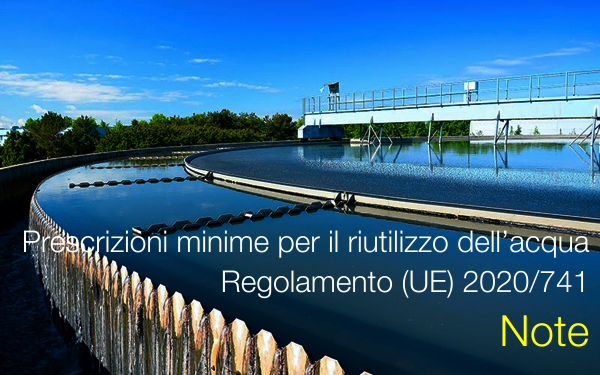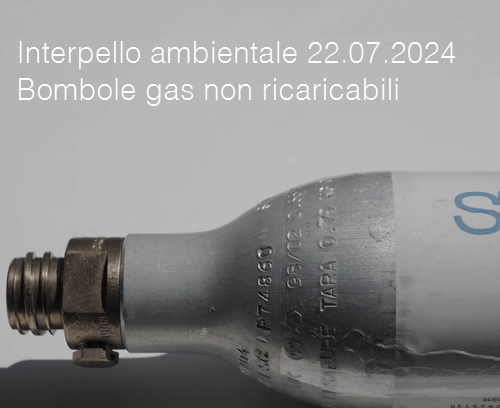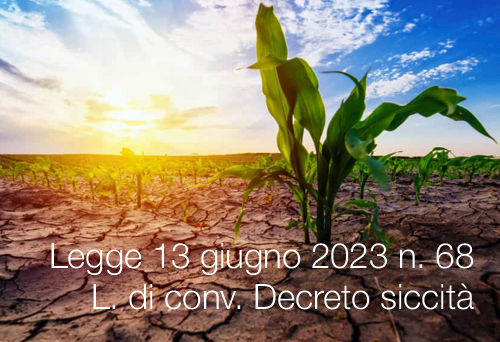Informazione tecnica HSE / 25 ° anno
/ Documenti disponibili:
45.529
/ Documenti scaricati: 34.289.887
/ Documenti scaricati: 34.289.887
ID 22433 | 13.08.2024
The Net-Zero Industry Act (NZIA) introduces the notion of “Net-Zero Strategic Projects”, which provides the possibility for net-zero technology manufacturing projects to apply for strategic project status. Net-Zero Strategic Projects are deemed essential for reinforcing the resilience, strategic autonomy, and competitiveness of the EU’s net-zero industry. These projects will make a significant contribution to the aim of scaling up manufacturing of technologies which are key to achieve climate-neutrality.
A ‘net-zero technology manufacturing project’ means a planned commercial facility or an extension or repurposing of an existing facility to manufacture net-zero technologies as listed in Article 4 (see below), or an energy-intensive industry decarbonisation project. ‘Net-zero technologies’ means the technologies listed in Article 4 where they are final products, specific components or specific machinery primarily used for the production of those products.
Please note that the application process for Carbon, Capture and Storage (CCS) projects to become strategic projects in accordance with NZIA will be launched later in the year, and that strategic projects as referred to in this guide only cover those that are net-zero technology manufacturing projects.
Net-zero technology manufacturing projects concern the 19 net-zero technologies listed in Article 4(1) of the Act:
a) solar technologies, including PV, solar thermal electric and solar thermal technologies;
b) onshore wind and offshore renewable technologies;
c) battery and energy storage technologies;
d) heat pumps and geothermal energy technologies;
e) hydrogen technologies, including electrolysers and fuel cells;
f) sustainable biogas and biomethane technologies;
g) CCS technologies;
h) electricity grid technologies, including electric charging technologies for transport and technologies to digitalise the grid;
i) nuclear fission energy technologies, including nuclear fuel cycle technologies;
j) sustainable alternative fuels technologies;
k) hydropower technologies;
l) renewable energy technologies, not covered under the previous categories;
m) energy system-related energy efficiency technologies, including heat grid technologies;
n) renewable fuels of non-biological origin technologies;
o) biotech climate and energy solutions;
p) transformative industrial technologies for decarbonisation not covered under the previous categories;
q) CO2 transport and utilisation technologies;
r) wind propulsion and electric propulsion technologies for transport;
s) nuclear technologies not covered under previous categories.
In addition, ‘energy intensive industry decarbonisation projects’ are also net-zero technology manufacturing projects. These projects cover the construction or conversion of the commercial facility of an energy-intensive business from the steel, aluminium, non-ferrous metals, chemicals, cement, lime, glass, ceramics, fertilisers, as well as pulp and paper sectors that are part of the supply chain of a net-zero technology and that are to reduce emission rates of CO2-eq of industrial processes significantly and permanently to an extent which is technically feasible.
Any net-zero technology manufacturing project can apply to become a net-zero strategic project.
Net-zero strategic projects must contribute to the achievement of objectives defined in Article 1 of the Net-Zero Industry Act:
“The general objective of this Regulation is to improve the functioning of the internal market by establishing a framework in order to ensure the Union’s access to a secure and sustainable supply of net-zero technologies, including by scaling up the manufacturing capacity of net-zero technologies and their supply chains to safeguard their resilience while contributing to achieving the Union’s climate targets and climate neutrality objective, as defined in Regulation (EU) 2021/1119, with a view to the decarbonisation of the Union’s economy and society, and by contributing to quality jobs in net-zero technologies, and thereby also improving the competitiveness of the Union.”
To achieve the general objective above, the Regulation lays down measures aiming to:
a) lower the risk of supply disruptions related to net-zero technologies likely to distort competition and fragment the internal market, in particular by identifying and supporting the scale-up of the manufacturing capacity of net-zero technologies and their supply chains;
b) establish a Union market for CO2 storage services;
c) encourage demand for sustainable and resilient net-zero technologies through public procurement procedures, auctioning and other forms of public intervention;
d) enhance skills through the support of the Academies, thereby safeguarding and creating quality jobs;
e) support innovation through the creation of net-zero regulatory sandboxes, coordination of research and innovation activities through the Strategic Energy Technologies Plan Steering Group, as well as through the use of pre-commercial procurement and public procurement of innovative solutions;
f) improve the Union's ability to monitor and mitigate supply risks related to net-zero technologies.
...
Fonte: EU
Collegati

ID 19151 | 06.03.2023 / Documento completo in allegato
Sintesi del Regolamento (UE) 2020/741 che sta...

ID 22274 | 24.07.2024 / In allegato Testo interpello Ambientale
L’art. 27 del decreto-legge n. 77 del 31 maggio 2021 ha introdotto, all’...

ID 19807 | 13.06.2023
Legge 13 giugno 2023 n. 68 Conversione in legge, con modificazioni, del decreto-legge 14 aprile 2023, n. 39, recante di...
Testata editoriale iscritta al n. 22/2024 del registro periodici della cancelleria del Tribunale di Perugia in data 19.11.2024